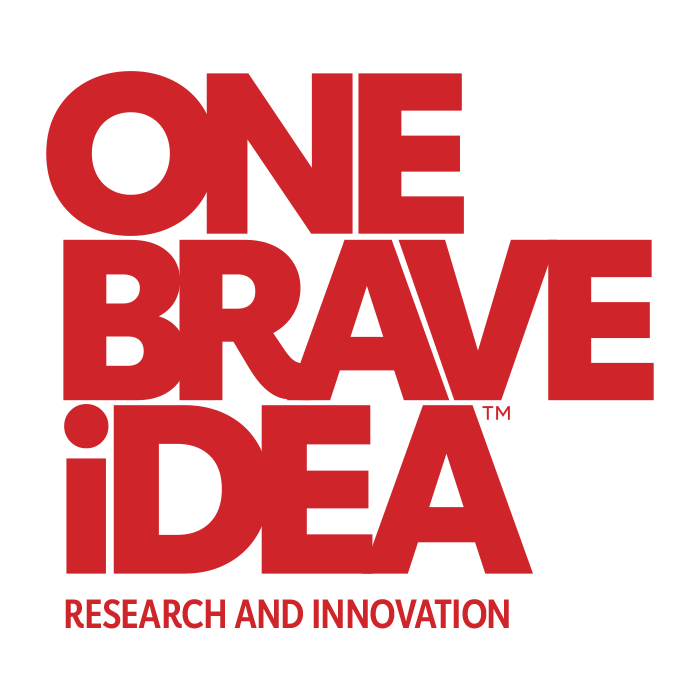By Calum MacRae, M.D., Ph.D., One Brave Idea and Harvard Medical School
The true effect of an intervention is often not seen until real-world usage takes place, but with such a delay between R&D and healthcare delivery, how can the industry close the gap? And what is needed to deliver more effective interventions that patients really want?
Design To Fill A Need?
Few successful automobile and technology manufacturers design features for cars, televisions, and laptops that consumers don’t want. But too often we see pharmaceutical manufacturers designing drugs that patients don’t know they need, or that are no longer relevant for the patient population by the time they are approved for use.
The most successful drug manufacturers of the future will be those that can more closely link patient need and experience with the drug research and development pathway. Real-world evidence (RWE) based studies and a truly ”learning” health system will prove essential in this model.
But why do we have this problem in our industry? The reasons are many and complex — though from my experience it can be boiled down to a separation between the R&D process and healthcare delivery. We need to acknowledge that the mechanism by which interventions move from discovery into treatment can be improved and the link to the real world tightened.
The Gap Between R&D And Healthcare
It usually takes 10 or more years to develop a new medication. During this time, the market for which the drug originally was developed may have changed significantly. New drugs may have entered the market by the time the medication reaches clinical use. Established treatments may also have an increased evidence base, demonstrating greater efficacy than previously thought. Clinical understanding of the condition itself may have advanced, further disconnecting R&D from healthcare.
This issue is exacerbated by the way clinical trials are performed — in select populations and under controlled circumstances. Trials operate outside standard care pathways. Despite efforts to minimize bias and ensure a fair trial, my experience is that patients in clinical research environments are less complicated than people in the real world.
Population selection aims to generate signal over noise in clinical trials. However, the intervention might have lesser or different effects in the real world, where there are less-controlled, messier parameters such as comorbidities, other drugs being taken, or even irregular eating patterns or compliance with the treatment’s regimen. None of these factors are as prominent in controlled trials.
As a result, drugs that are successful in a controlled trial setting do not always perform the same in the real world. This may require studies to be repeated or more research to be provided post approval to show the true effect of the intervention. Implementation of drugs we know already work — even ones that improve mortality significantly — is dependent on overcoming inertia and a lack of prior experience with the drug in the healthcare system. Even after a drug achieves approval and is selected on formularies, it can take a further 12 to 15 years for it to fully penetrate the market.
Consequently, the drug development process can be extended over more than 20 years. Many patients who could benefit from the intervention never get the chance. Some may die or live with chronic disease manifestations while waiting for access to the therapy.
Closing The Gap
To solve these challenges, we need a system that more closely links drug R&D and healthcare delivery. A system that can learn in real time. Where decisions are made based on a richer data set with granular information from patients about their response to treatment, side effects, and even medication compliance — all of which regulators want to see as part of a more complete evidence base for a drug.
This is the opportunity RWE offers to the clinical research process. Existing care pathways could be used as an evidence collection system, with the potential to transition to a randomized controlled trial (RCT).
RWE is particularly applicable in conditions where the disease is more clearly defined. For example, in oncology there are objective metrics shared across all cancers and the ability to quickly test if a patient responds to the treatment, meaning a closed and fast feedback loop for improved treatment using RWE already exists. Additionally, the risks of mortality and societal burden from cancer are very high, creating a significant incentive to implement new approaches.
For chronic diseases, the feedback loop between treatment and effect can be poor and disease presentation heterogeneous. This can prevent the use of RWE at scale. However, recent advances in technology used to capture patient data demonstrate that this gap can be bridged. For example, in a study on Parkinson’s disease, an app (uMotif) was used to collect large volumes of symptom and quality-of-life data from patients over a significant period of time. This sort of approach can be used to better define disease states and understand how patients are responding to treatment.
Placing Value On Outcomes That Matter To Patients
Real-world studies also tell us what patients care about the most. In my experience, the things that matter most to patients are different than what we, as clinicians, are looking for in clinical trials. For instance, we tend to underestimate the importance of symptoms. Often, we are so focused on “objective” measurable outcomes that we can lose sight of the patient’s fundamental wish to feel better and live longer. As clinicians, we don’t recognize the “feel better” component nearly enough — frankly, if we don’t place greater emphasis on symptoms we are doing our patients a disservice.
If we harness the data generated through healthcare delivery, and this data contributes to research, we can imagine a better system for testing drugs effectively at scale in the real world. This won’t happen tomorrow, but there is a real incentive to move towards such a system. The broader adoption of RWE studies would bring the R&D and healthcare worlds closer together, providing better interventions to patients, faster and potentially at lower cost.
About The Author:
 Calum MacRae, MB, Ph.D., is a cardiologist, geneticist, and developmental biologist. He currently is the leader of the One Brave Idea initiative, a $75-million research project focused on uncovering the causes of heart disease, funded by the American Heart Association, Verily, and AstraZeneca. Dr. MacRae is also the chief of cardiology at the Brigham and Women’s Hospital, a leading investigator at the Brigham and Women’s Hospital Genomics Center, a principal faculty member at the Cardiovascular Research Center and the Harvard Stem Cell Institute, and an associated member at the Broad Institute.
Calum MacRae, MB, Ph.D., is a cardiologist, geneticist, and developmental biologist. He currently is the leader of the One Brave Idea initiative, a $75-million research project focused on uncovering the causes of heart disease, funded by the American Heart Association, Verily, and AstraZeneca. Dr. MacRae is also the chief of cardiology at the Brigham and Women’s Hospital, a leading investigator at the Brigham and Women’s Hospital Genomics Center, a principal faculty member at the Cardiovascular Research Center and the Harvard Stem Cell Institute, and an associated member at the Broad Institute.

